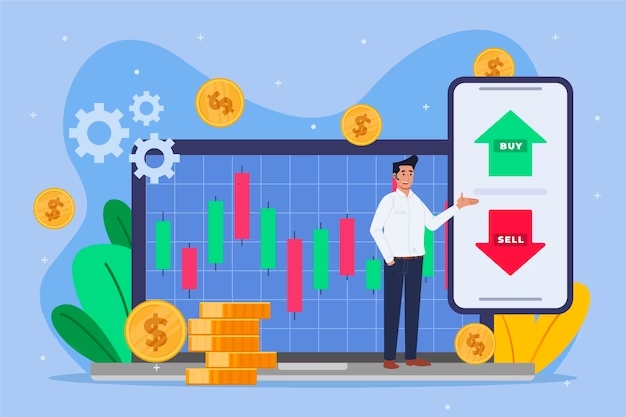Many aspiring traders face challenges like lack of knowledge, access to verified information, and guidance on where to start.
Discover the fascinating realm of Commodity Trading with this comprehensive guide. It aims to answer “how to trade commodities” and provide valuable trading insights. By addressing these points, the post will help you navigate the complexities of Commodity Trading and empower you to make informed decisions.
Understanding Commodity Trading
Commodity Trading in the stock market involves the buying and selling of derivative contracts that represent commodities such as gold, oil, or agricultural products. Traders speculate on the price movements of these commodities without physically owning them. Factors influencing commodity prices, such as supply and demand, geopolitical events, and economic indicators, play a significant role in Commodity Trading strategies in the stock market.
Commodity Trading Platforms and Instruments
There are various platforms and instruments available for trading commodities. In this section, we’ll examine the most common ones, including futures contracts, options contracts, ETFs, ETNs, small case stocks related to commodities, and Mutual Funds.
Futures contracts
Futures contracts are agreements to buy or sell a specific quantity of a commodity at a predetermined price on a future date. They are traded on exchanges like India’s Multi Commodity Exchange (MCX).
Options contracts
Options contracts give the buyer the right, but not the obligation, to buy or sell a specific quantity of a commodity at a predetermined price before the contract expires. They are also traded on exchanges like MCX.
Exchange-Traded Funds (ETFs) and Exchange-Traded Notes (ETNs)
ETFs and ETNs are investment vehicles that track the performance of a specific commodity or a basket of commodities. They are traded on stock exchanges like the National Stock Exchange (NSE) in India.
Stocks related to commodities
Investors can also gain exposure to commodity investing by investing in companies that produce, process, or distribute them. This can be done through individual stocks or Mutual Funds focusing on commodity-related industries.
Strategies for Commodity Trading
Successful Commodity Trading requires a well-defined strategy incorporating fundamental analysis, technical analysis, and risk management techniques.
Fundamental analysis
Fundamental analysis involves studying the supply and demand factors that affect a commodity’s price. This can include monitoring macroeconomic indicators, geopolitical events, and weather conditions.
Technical analysis
Technical analysis involves the study of historical price and volume data to identify patterns and trends that may suggest future price movements.
Diversification and risk management
Diversification and risk management are crucial for long-term success in Commodity Trading. This can involve allocating a portion of your portfolio to various asset classes and employing stop-loss orders and position-sizing techniques.
Getting Started with Commodity Trading
Before diving into Commodity Trading, choosing the right platform, opening a Demat and Trading Account, developing a trading plan, and educating yourself about the markets is essential.
Choosing the right trading platform
When selecting a trading platform, consider fees, features, research tools, account types, and regulatory compliance.
Criteria to consider:
- Brokerage fees and other charges: Comparing costs between different platforms.
- Research tools and resources: Assessing the quality and availability of market analysis and trading ideas.
- Account types and requirements: Understanding the differences between various account types and their suitability for your trading needs.
- Regulatory compliance: Ensuring the platform is registered with the appropriate regulatory bodies, like SEBI in India.
Opening a Demat and Trading Account
A Demat Account holds your securities electronically, while a Trading Account allows you to buy and sell securities on the stock exchange. Opening these accounts is a crucial step in starting your Commodity Trading journey.
Developing a trading plan
A well-defined trading plan outlines your objectives, risk tolerance, and preferred trading instruments and strategies.
Key components of a trading plan:
- Setting realistic goals: Defining what you hope to achieve through commodity trading.
- Assessing risk tolerance: Determining how much risk you are willing to take to accomplish your goals.
- Selecting appropriate trading instruments and strategies: Choose the best tools and techniques based on your objectives and risk tolerance.
Wrapping Up
With a solid understanding of commodities and trading insights, you are now better equipped to navigate the world of Commodity Trading.
Remember that education, research, and risk management are crucial for long-term success in this field. Be patient, disciplined, and focused on continuous improvement as you adapt to ever-changing market conditions.
